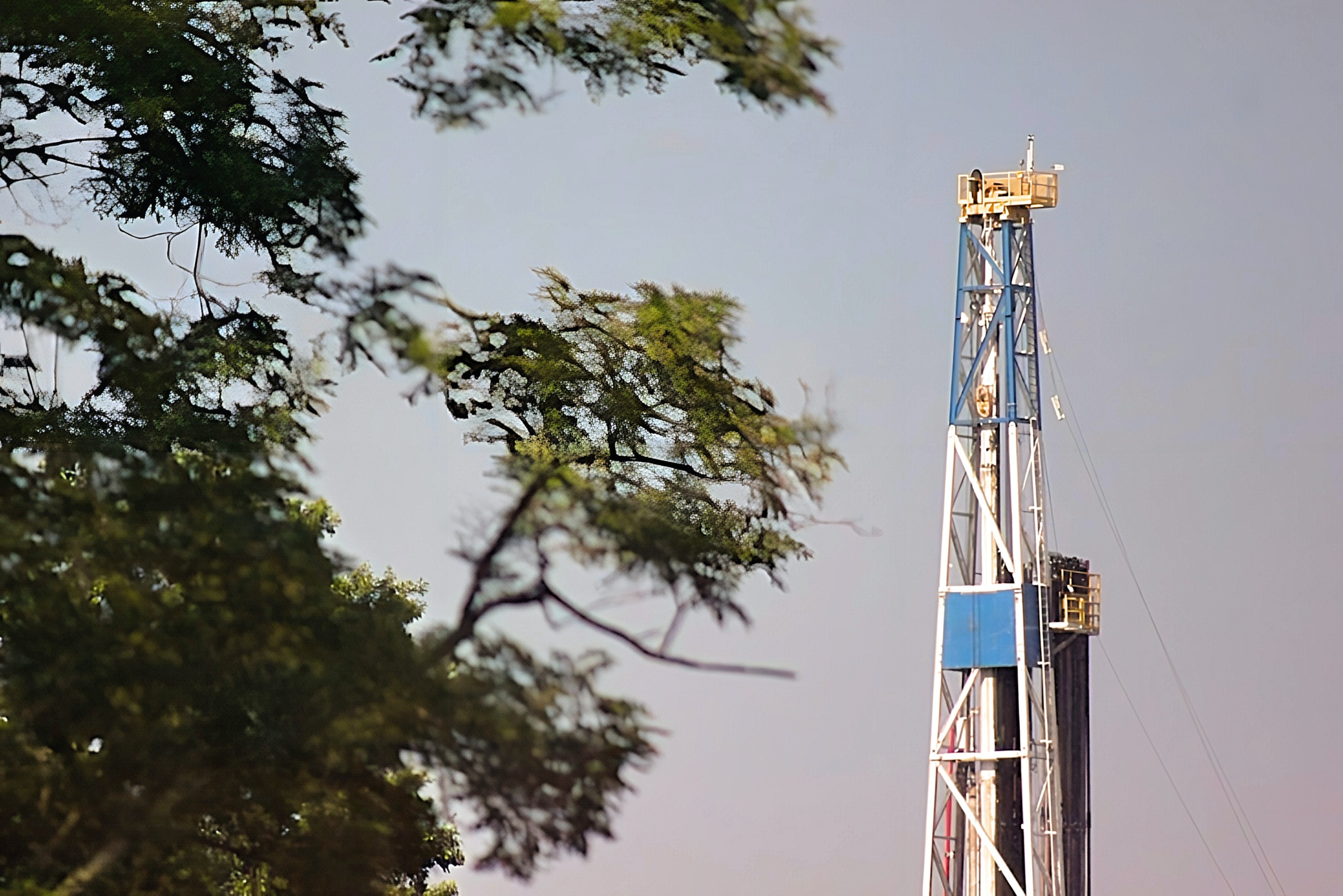The costs of fracking
The price tag of dirty drilling’s environmental damage
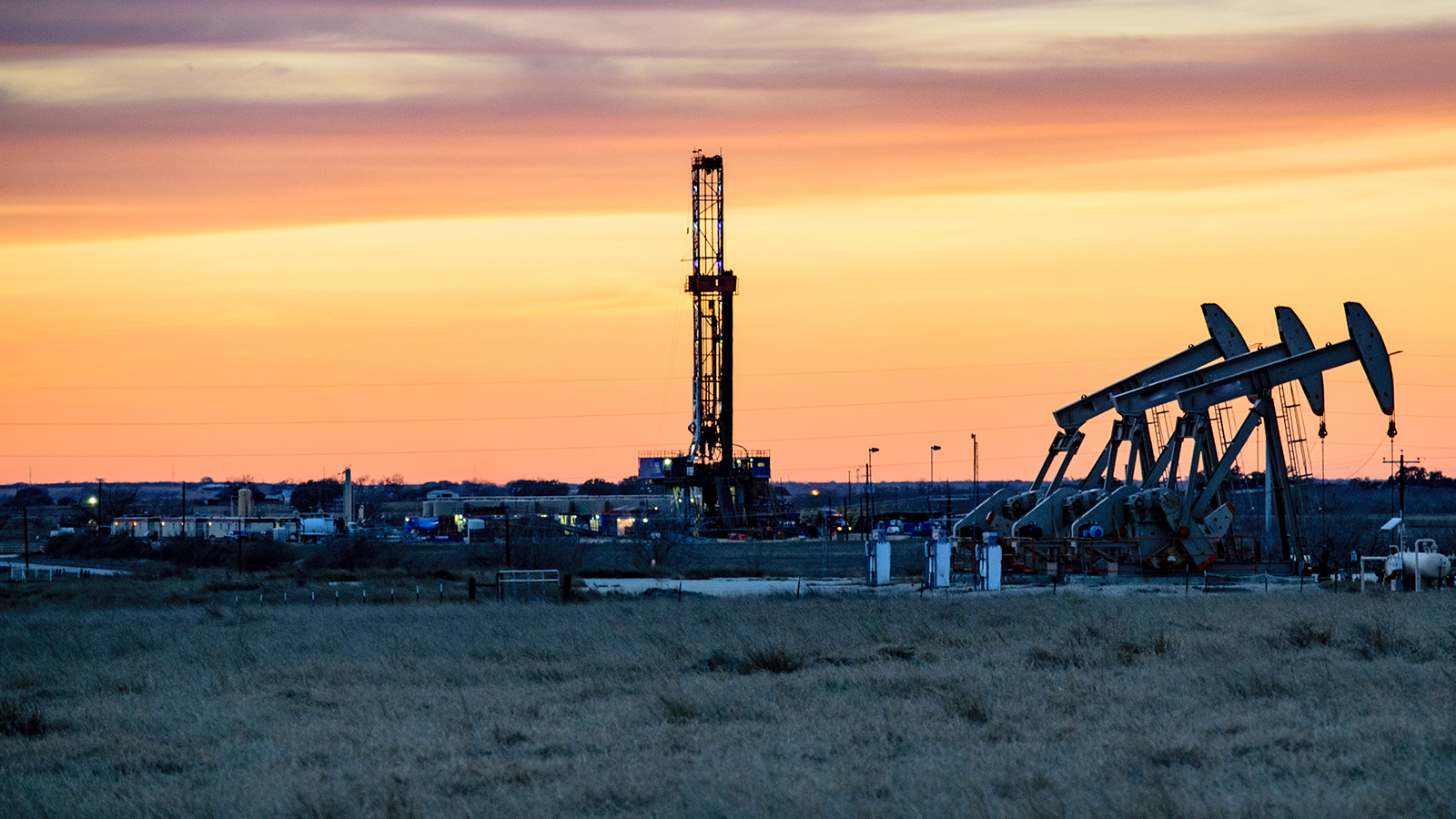
Downloads
Over the past decade, fracking has spread rapidly, leaving a trail of contaminated water, polluted air, and marred landscapes in its wake. However, the true cost of fracking — ranging from cleaning up contaminated water to repairing ruined roads and beyond — are likely to be borne by the public, rather than the oil and gas industry. And as with the damage done by previous extractive booms, the public may experience these costs for decades to come.
The costs of fracking
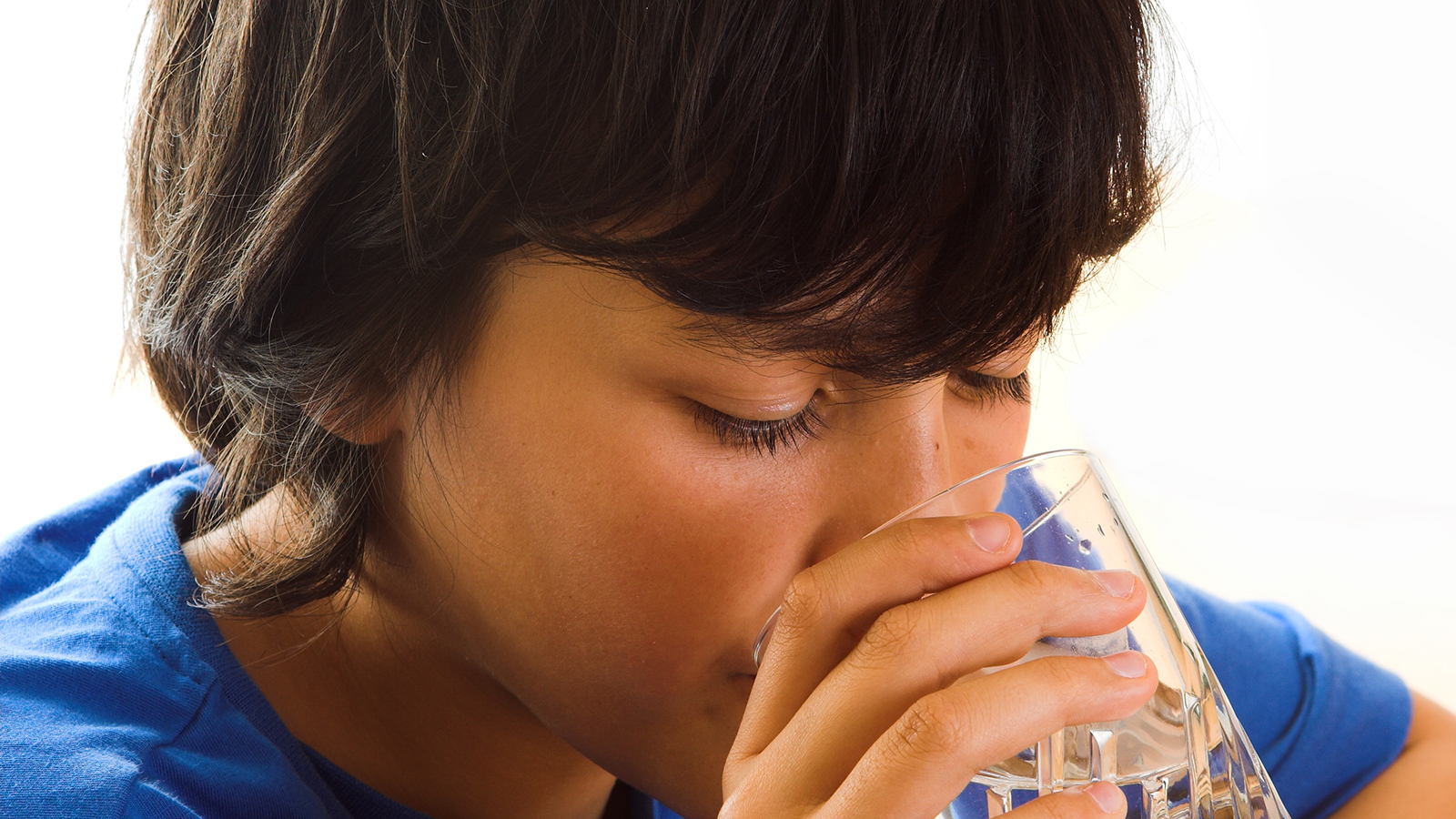
DRINKING WATER CONTAMINATION Case study: Dimock, Pennsylvania. Fracking contamination ruined local drinking water supply in Dimock. The cost to permanently replace drinking water with a new source is estimated at more than $11 million.
Photo by Anneka | Shutterstock.com

HEALTH CARE COSTS Case study: In Texas’ Barnett Shale region, air pollution from fracking operations impose health care costs which can reach $270,000 per day during the summer smog season.
Photo by MonkeyBusinessImages | Shutterstock.com
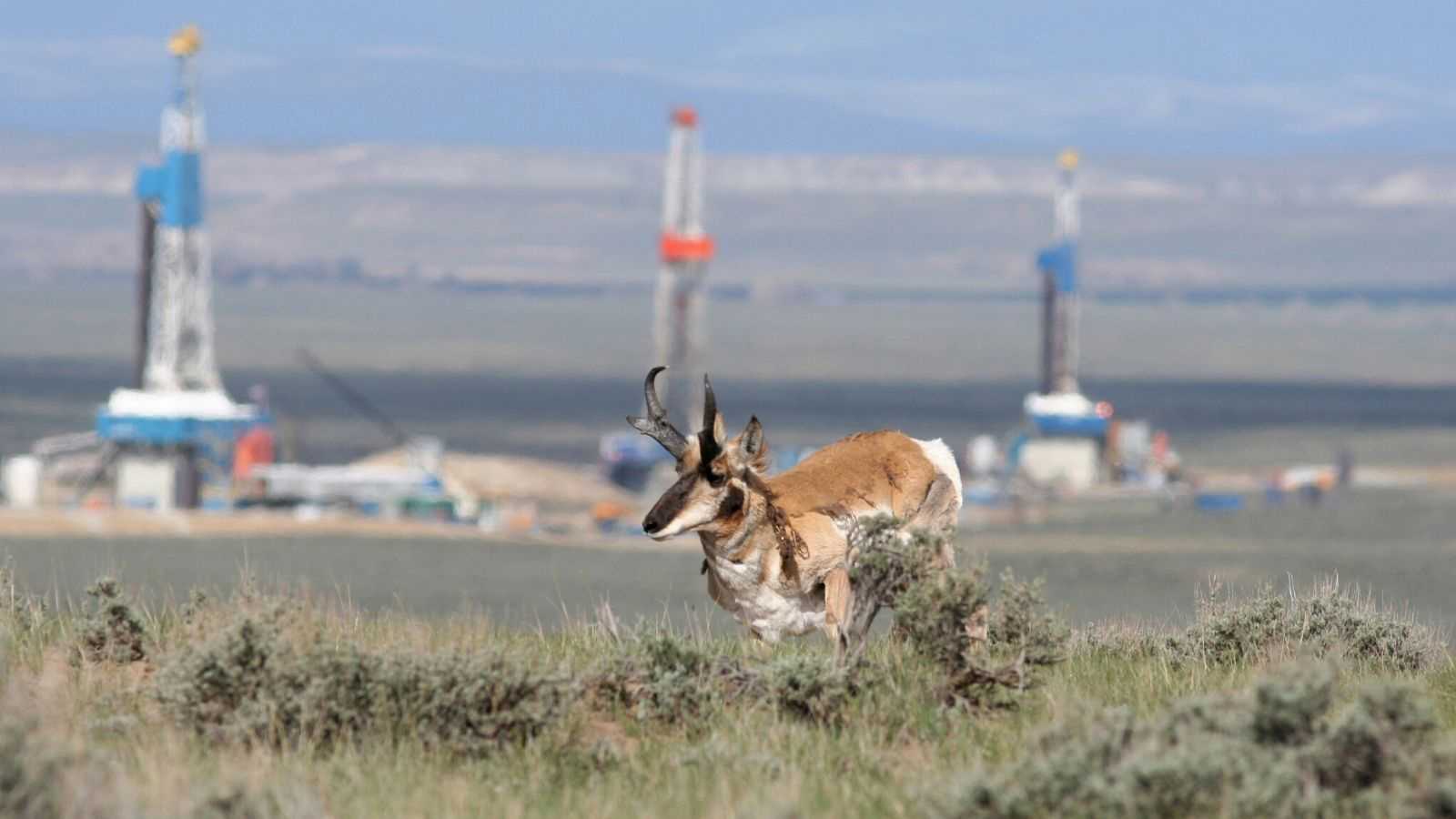
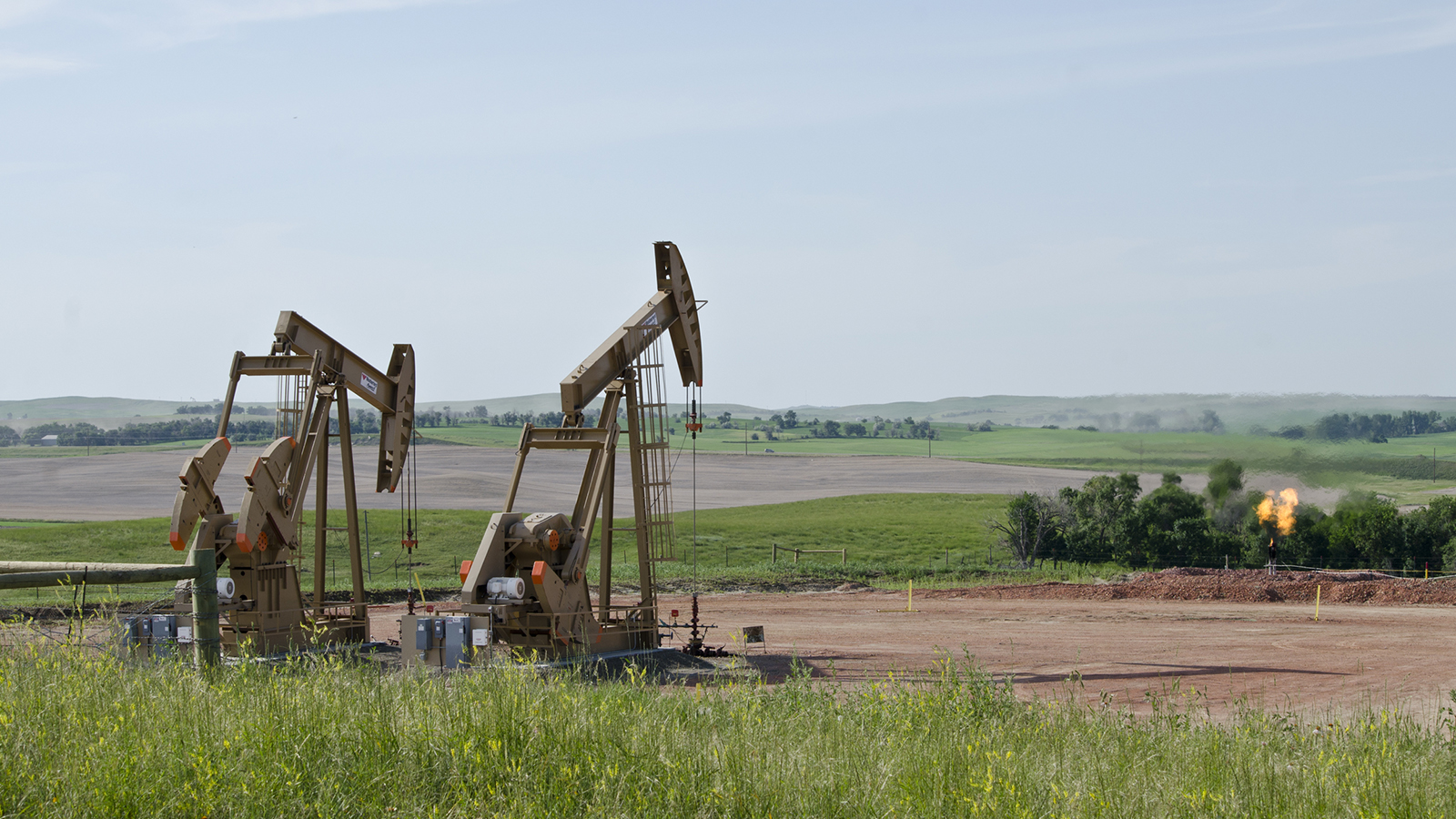
INFRASTRUCTURE COSTS Case study: Texas' Barnett Shale region. A task force approved $40 million for road repairs after thousands of trips by trucks and heavy machinery to and from Fracking operations.
Photo by Tim Evanson | CC-BY-SA-2.0
1of 4
The costs of fracking add up
Fracking damages the environment, threatens public health, and affects communities in ways that can impose a multitude of costs:
Drinking water contamination – Fracking brings with it the potential for spills, blowouts and well failures that contaminate groundwater supplies.
- Cleanup of drinking water contamination is so expensive that it is rarely even attempted. In Dimock, Pennsylvania, Cabot Oil & Gas reported having spent $109,000 on systems to remove methane from well water for 14 local households, while in Colorado, cleanup of an underground gas seep has been ongoing for eight years at a cost of hundreds of thousands of dollars, if not more.
- The provision of temporary replacement water supplies is also expensive. Cabot Oil & Gas reported having spent at least $193,000 on replacement water for homes with contaminated water in Dimock, Pennsylvania.
Health care costs – Toxic substances in fracking fluid and wastewater – as well as air pollution from trucks, equipment and the wells themselves – have been linked to a variety of negative health effects.
- Residents living near fracking sites have long suffered from a range of health problems, including headaches, eye irritation, respiratory problems and nausea – potentially imposing economic costs ranging from health care costs to workplace absenteeism and reduced productivity.
- Fracking and associated activities also produce pollution that contributes to the formation of ozone smog and particulate soot. Air pollution from gas drilling in Arkansas’ Fayetteville Shale region imposed estimated public health costs of more than $10 million in 2008.
Habitat destruction and natural resources impacts – Fracking converts rural and natural areas into industrial zones, replacing forest and farm land with well pads, roads, pipelines and other infrastructure, and damaging precious natural resources.
- The clearance of forest land in Pennsylvania for fracking is projected to lead to increased delivery of nutrient pollution to the Chesapeake Bay, which already suffers from a vast nutrient-generated dead zone. The cost of reducing the same amount of pollution as could be generated by fracking would be approximately $1.5 million to $4 million per year.
- Gas operations in Wyoming have fragmented key habitat for mule deer and pronghorn, which are important draws for the state’s $340 million hunting and wildlife watching industries. The mule deer population in one area undergoing extensive gas extraction dropped by 56 percent between 2001 and 2010.
Impacts on public infrastructure and services – Fracking strains infrastructure and public services and imposes cleanup costs that can fall on taxpayers.
- The truck traffic needed to deliver water to a single fracking well causes as much damage to local roads as nearly 3.5 million car trips. The state of Texas has approved $40 million in funding for road repairs in the Barnett Shale region, while Pennsylvania estimated in 2010 that $265 million would be needed to repair damaged roads in the Marcellus Shale region.
- The need for vast amounts of water for fracking is driving demand for new water infrastructure in arid regions of the country. Texas’ official State Water Plan calls for the expenditure of $400 million on projects to support the mining sector over the next 50 years, with fracking projected to account for 42 percent of mining water use by 2020.
Fracking can leave lasting negative economic impacts Fracking can undercut the long-term economic prospects of areas where it takes place. A 2008 study found that Western counties that have relied on fossil fuel extraction are doing worse economically compared with peer communities and are less well-prepared for growth in the future.
Topics
Authors
Find Out More
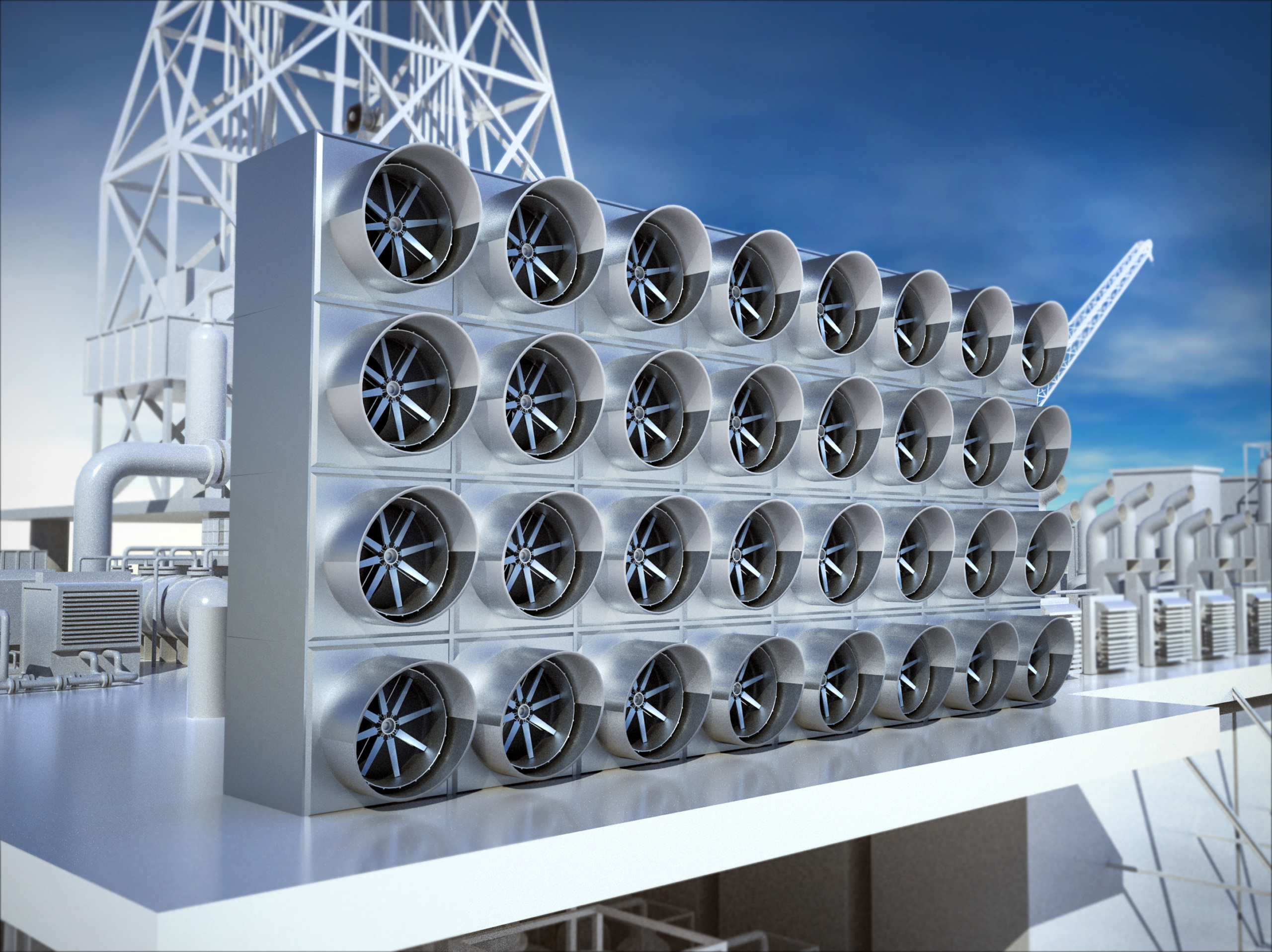
Carbon dioxide removal: The right thing at the wrong time?
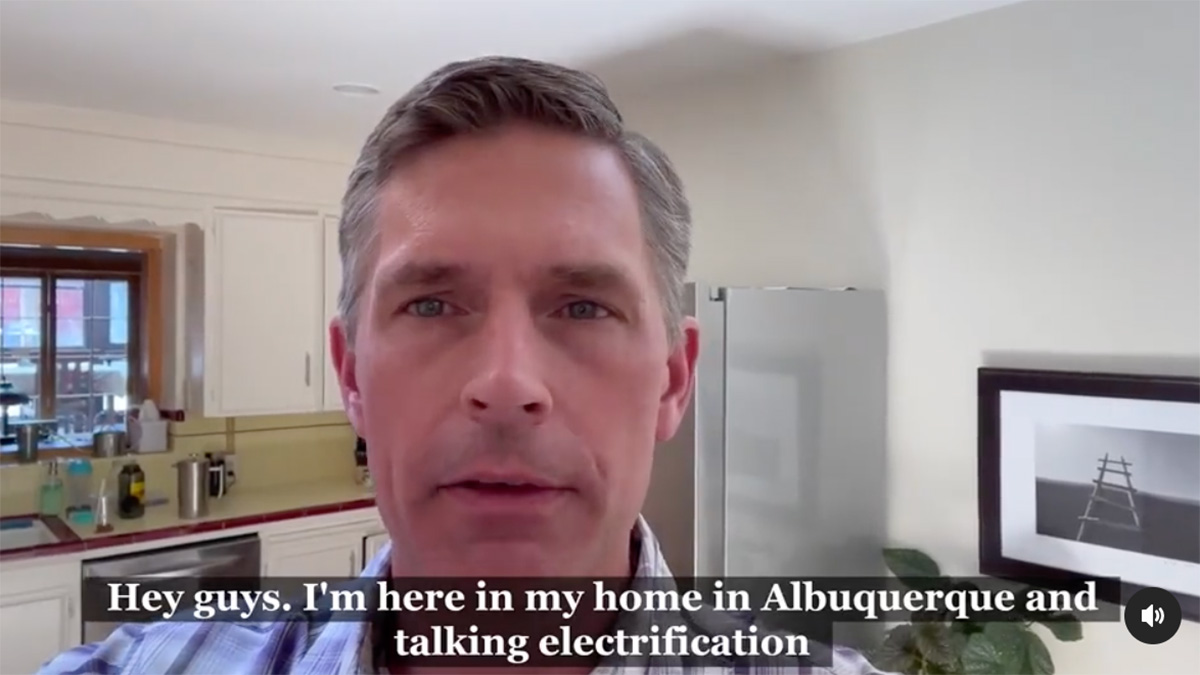
Clean cooking tips from Sen. Heinrich
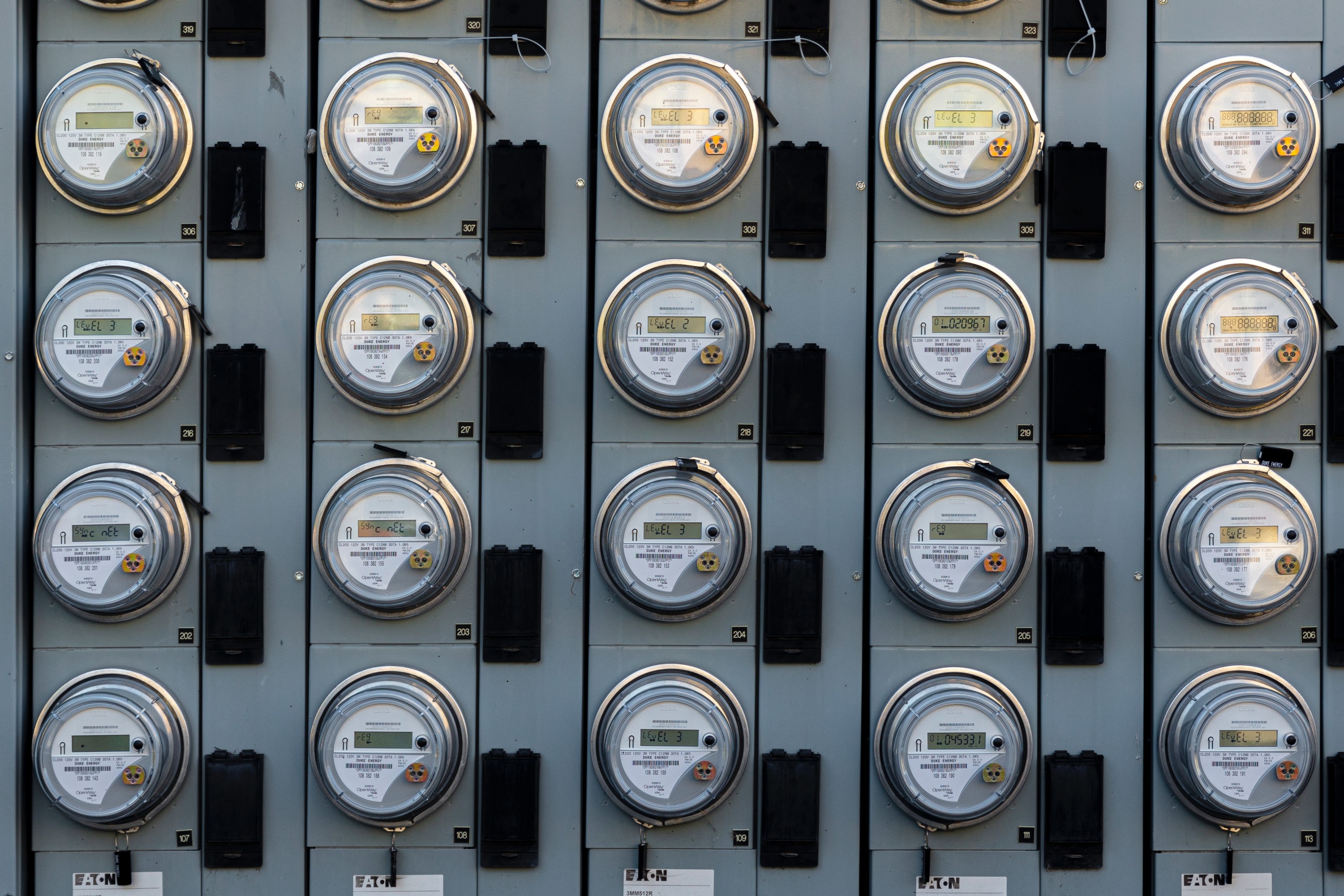
How to get more from state energy efficiency programs
